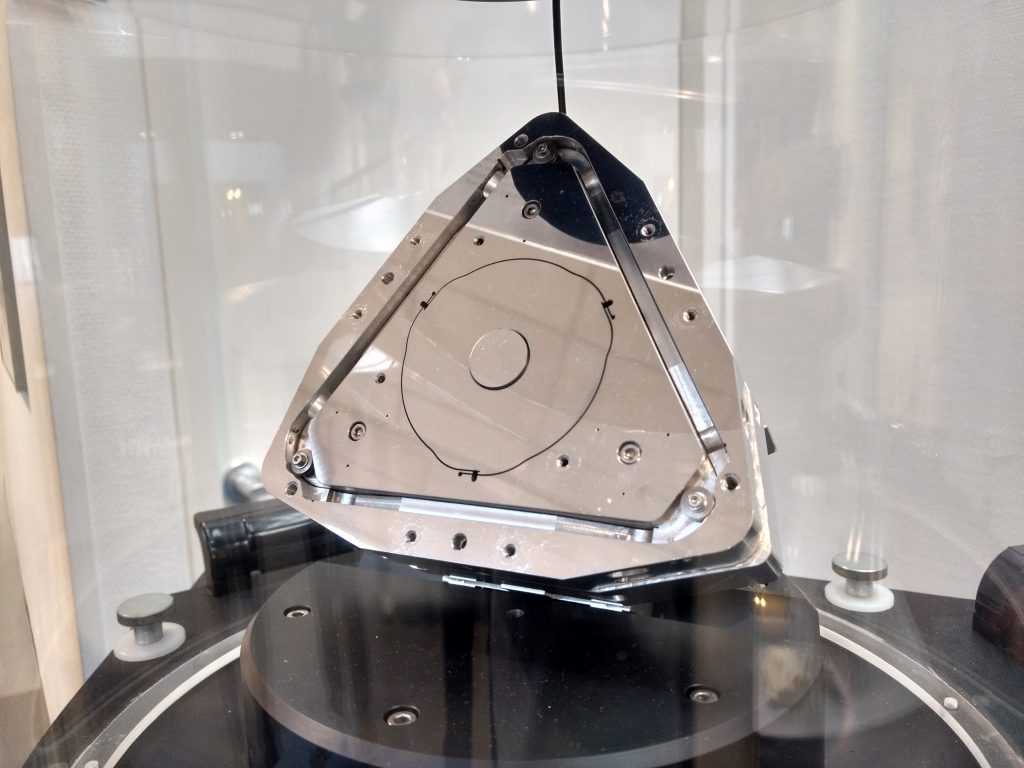In general infrared techniques make the observation of relatively cool objects in the universe possible. Objects that are not visible in the optical, ultraviolet or X-ray spectrum. It also enables astronomers to look through dense areas of dust and gas.

Good examples of the cool objects mentioned above are protoplanetary disks around young stars in which new planets are formed. Large young planets (gas giants) radiate infrared radiation and can be detected as well.
Infrared measurements on Earth are challenging because water vapour in our planet’s atmosphere blocks a large part of the infrared radiation of astronomical sources. Observations are mostly done by space telescopes or Earth based telescopes at high elevations.
Mirrors and detectors need to be cooled to temperature well below freezing – minus 200 degrees Celsius – to minimise infrared (heat) radiation that would otherwise render the observations useless.
METIS
At LEOPARD we have developed several parts and techniques for the mid-infrared imager and spectrograph METIS that will be installed on the Extremely Large Telescope. The development was possible through close collaboration with the NOVA Optical IR Instrumentation Group at ASTRON.
- cryogenic, ultra-fast beam chopping mirror (see photograph)
- high resolution immersed grating (made of germanium)
- cryogenic “set-and-forget” mirror
- ultra-precise image derotator optics
- polished precision aluminium mirrors
- APP coronagraphic masks
- infrared detector specification and testing

MATISSE
LEOPARD scientists are also involved in the MATISSE instrument (Multi AperTure mid-Infrared SpectroScopic Experiment) of the Very Large Telescope which astronomers use to observe protoplanetary disks, minor bodies in our solar system and young giant exoplanets.
Useful links
- METIS website
- Why infrared astronomy is a hot topic – ESA website
- MATISSE Overview – ESO website

